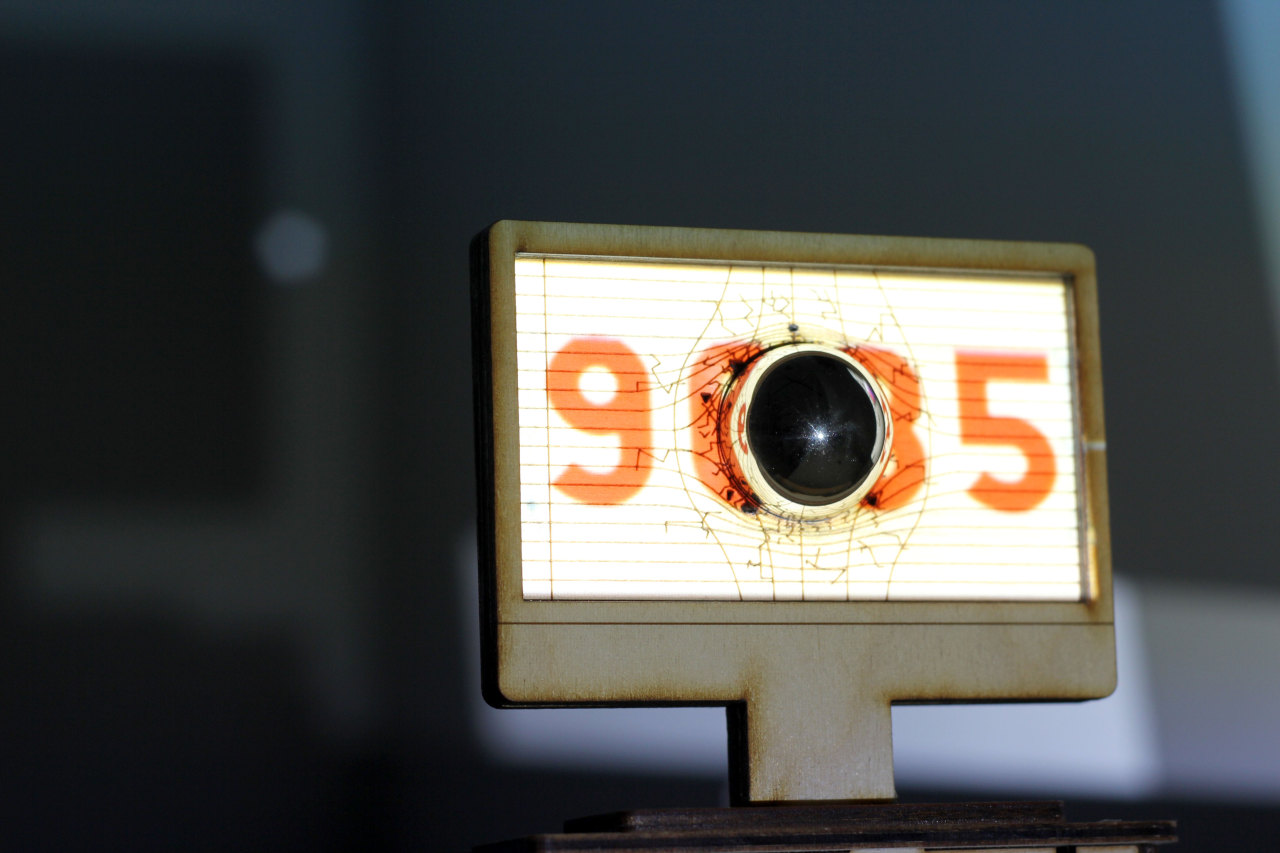Why work experience?
During the professional practice module I decided it was best to use my time working alongside commercial companies in order to place myself into the pinball world, see current developments and make valuable contacts for moving on with my project over the next year.I negotiated two very different types of commercial work experience with pinball companies in the UK.
- MyPinballs focus on custom software, modifications and restorations. See here
- Heighway Pinball are the UKs first mass manufacturer of pinball machines. See here
My activities and time during professional practice has guided my work and helped me develop my path as a professional artist. I've created a body of work which I see as observational and reflective of this module.
I believe my proposal and planning of the work experience led to a successful and concise professional practice module.
How it relates to my work?
I had previously spent a considerable amount of time focusing on playing pinball to understand the game better, during this module my time has been mostly spent focusing on the electronic and mechanical parts as well as software and tools required in order to learn how a pinball machine is actually built and maintained.Work experience gave me some hand on time with pinball specific electronics, mechanisms, tools and equipment I would not have been able to afford to buy or learn on my own.
I see my practice exploring how the physical and digital coming together, but how that's done needs to make sense. That's what I'm currently working out. Professional experience has given me some much needed boundaries to that huge topic. I feel like I'm on the right track.
My main interest in pinball lies in the physicality of the game in it's simplest form. How it works almost seamlessly alongside digital technology, adds a layer to the game which fits into my research and interests as an artist.
This module I've been playing with some of these ideas.
My aspiration going into this module was to create a working pinball machine or prototype pinball game in this semester. This has not happened, here's why:
Learning curve
See blog here
During my learning curve on work experience I started to fully understand just how much of a huge task building a pinball machine really is. I started to worry about not being able to deliver a quality outcome, due to time, skill, money restraints.
I had a bit of a eureka moment when I realised this was not how I see myself working as an artist. It's actually the opposite. Worrying of the outcome instead of enjoying the process of coming up with ideas and making them happen.
This led me to change my approach to how I work on my body of work, to see the final work more as sketches, a testing ground, rather than a fully fledged final piece of work. The idea is to take the pressure off creating work in order to free myself up, have fun and produce.
I have lots of ideas, I'm now learning that I don't need to over develop these to create good work. Sometimes it takes longer to produce a piece, but that doesn't mean I have to make the project more complex and develop to a point I don't enjoy working on it any more.
The parts of a project I most enjoy is first sketching, and that feeling I get when I know I have a good idea, it's exciting picturing the idea in my imagination. The next part is working out how it works, what it is, what materials, where do I source them, how can I do this, testing, prototyping - it's the problem solving part. Then when everything comes together, physically making and/or printing.
Themes
VisualiseSee blog and this one
A theme of these works has been to visualise what I original imagine, and translate that to a piece of work. I've really enjoyed this, not over developing ideas past that, and having more realistic expectations on the scope of the work. There's some more ground to be made on this idea.
Observational
See blog and this one
The linking theme between professional practice and research is that the pieces are all observational in some way. They are records of thoughts, topics or moments mostly in the form of sculpture.
Repitition
See blog and this one
Over and over again. This idea of repetition has cropped up a few times.
Firstly it relates directly to the game of pinball; where you must make repetitive targets to obtain points. The second relates to printmaking; where the process to create a multiple edition is by the repetitive task of printing the same artwork.


















































